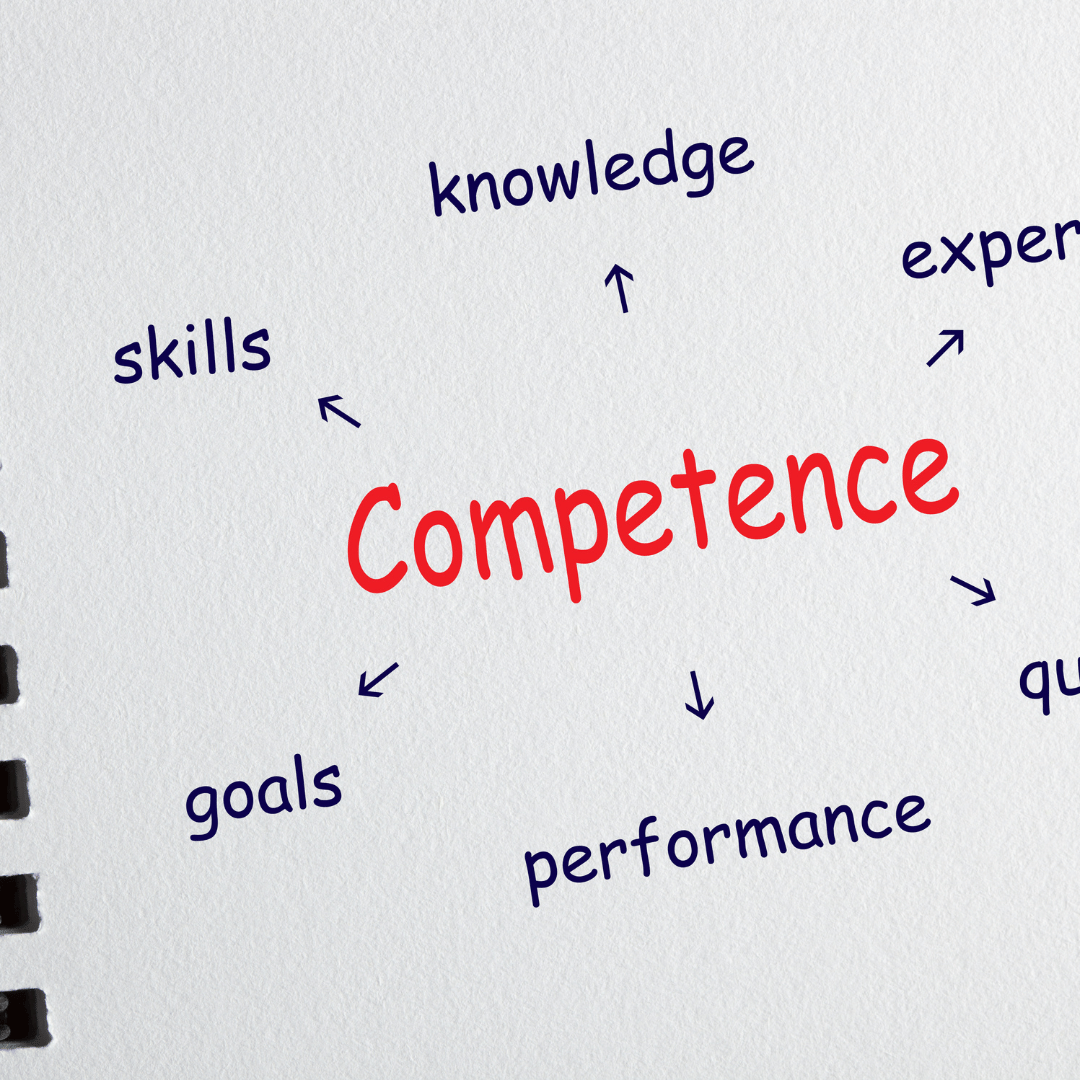The 90-Day People Plan With Top HR Management Tools
New job jitters? Team in distress? The 90-Day People Plan is your secret playbook to turn awkward handshakes into high-fives. Now turn one day strangers into day 90 dream teams! And we’ll show you how that can achieved.

Growing a small business, especially without the right tools, feels like building an aircraft mid-flight. You’re hiring, onboarding, managing performance, and keeping track of analytics. Everything needs to happen seamlessly while trying to deliver your core product or service.
For many founders, this means people management ends up being reactive rather than strategic. That’s where a well-structured 90-day people plan comes in. To elucidate, the 90-day people plan is a blueprint that ensures your team starts strong, stays engaged, and aligns with your business goals right from day one.
When combined with the right HR management tools for small businesses, a 90-day plan transforms from a hopeful checklist into a repeatable system that drives measurable results. These tools remove the guesswork from onboarding, streamline performance tracking, and give you the insights you need to make better decisions about your workforce.
Why the First 90 Days Matter More Than You Think

The first three months of any employee’s journey are a make-or-break period. It’s when they form their first impressions of your company culture, learn the ropes, and decide whether they see a future with your business. Without a clear structure, these 90 days can feel scattered.
Top-performing small businesses know that the first 90 days aren’t just about handing over a laptop and telling new hires where the coffee machine is. It’s about building a relationship between the employee and the company, where expectations are clear, goals are aligned, and support is ongoing. The right HR management software for small businesses ensures that this process is consistent for every hire, without you reinventing the wheel each time.
HR Management Tools for Small Business
Small businesses often think robust HR tech is only for large enterprises with deep pockets. In reality, today’s HR management tools are designed to be lightweight, affordable, and scalable. The beauty lies in how these tools bring all aspects of people management into one place.
For example, instead of manually creating onboarding documents for each new hire, you can have a pre-built digital workflow that sends contracts, policies, and training modules in a sequence. Instead of spending hours compiling review notes, managers can access performance dashboards powered by HR analytics software platforms, highlighting key achievements and areas for development.
The goal is not just to save time, but to create a predictable, high-quality employee experience every single time.
Also Read: The Best HRMS Systems That Are Built For Growth
The First 30 Days: Setting the Stage

In the first month, your focus is on immersion and clarity. New hires need to understand the company’s mission, their role in the bigger picture, and the tools they’ll be using. This is where employee onboarding software solutions shine. By automating repetitive processes like document collection, policy acknowledgment, and training assignments, you free up HR and managers to focus on more personal interactions.
HR management tools also ensure that nothing slips through the cracks. A cloud-based platform can automatically assign tasks to different stakeholders, send reminders, and track completion in real time. This transparency benefits both the business and the employee, as it reduces confusion and speeds up integration into the team.
In this stage, analytics can also play a role. HR analytics software platforms can monitor completion rates for onboarding activities, highlight common bottlenecks, and give you data to improve the experience for future hires. Small businesses that adopt this approach avoid the costly mistake of letting new hires “figure things out on their own.”
Days 31 to 60: Building Competence and Confidence

Once the basics are in place, the second phase of the 90-day plan is about empowering employees to take ownership of their roles. And hence comes the role of performance management software solutions. Instead of waiting until the annual review, these tools allow for continuous feedback, real-time goal tracking, and regular check-ins.
For a small business, this approach is transformative. It creates an environment where employees feel supported and valued, rather than micromanaged. Managers can set short-term, achievable targets and track progress through a shared dashboard. Employees can see how their contributions align with company goals. This brilliantly builds a sense of purpose.
During this phase, HR analytics software can also identify early warning signs. Some warning signs appear in the form of lack of engagement in training modules or missed milestones. These insights are especially important for small businesses, where every team member’s performance has a direct impact on growth.
Days 61 to 90: Driving Alignment and Long-Term Engagement

By the final stage of the 90-day plan, your goal is to ensure the employee is fully aligned with the company’s objectives and feels confident about their future in the organisation. This is when deeper performance reviews and career development conversations take place.
HR management tools for small businesses can make these discussions more structured and impactful. Instead of vague feedback, managers can refer to performance data, project outcomes, and peer feedback collected over the past two months. The focus shifts from “how are you doing?” to “how can we help you grow here?”
When employees see a clear roadmap for their career, backed by data from HR analytics software platforms, they’re far more likely to stay motivated and committed.
The Role of HR Analytics in a 90-Day Plan
Data is the silent driver of a successful 90-day people plan. For example, if analytics show that employees who complete certain training modules in the first month perform better in their first year, you can prioritise those modules for future hires. If you notice that engagement dips around the 45-day mark, you can introduce mid-point incentives or team activities to keep morale high.
Overcoming Small Business Challenges With HR Tech
Implementing a 90-day plan is not without its hurdles. Small businesses often face resource constraints, competing priorities, and resistance to change. However, the right HR management tools make adoption easier by integrating seamlessly into existing workflows. Many platforms are designed to be plug-and-play, with minimal setup and training required.
More importantly, HR tech ensures consistency. In a small business, processes often rely heavily on the founder or a single HR person. If that person is unavailable, things can fall through the cracks. With digital workflows, automated reminders, and centralised data, the system runs smoothly regardless of individual availability.
Why This Plan Works
The beauty of a structured 90-day people plan supported by top HR management tools is that it creates a repeatable framework for success. It removes ambiguity for the employee, provides managers with actionable insights, and frees leadership to focus on strategic growth rather than day-to-day firefighting. Over time, this approach leads to higher retention, better performance, and a stronger employer brand.
Also Read: The Silent Power Of a Secure Business Email

